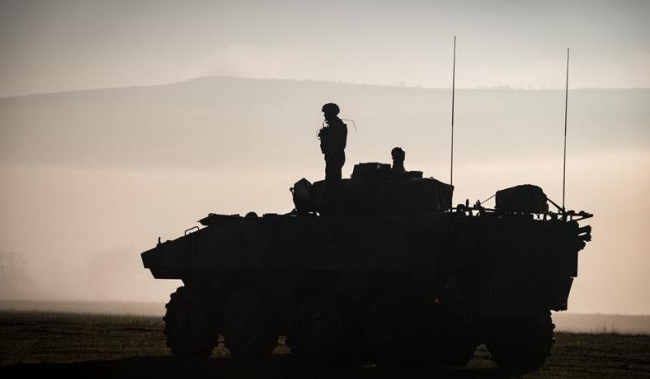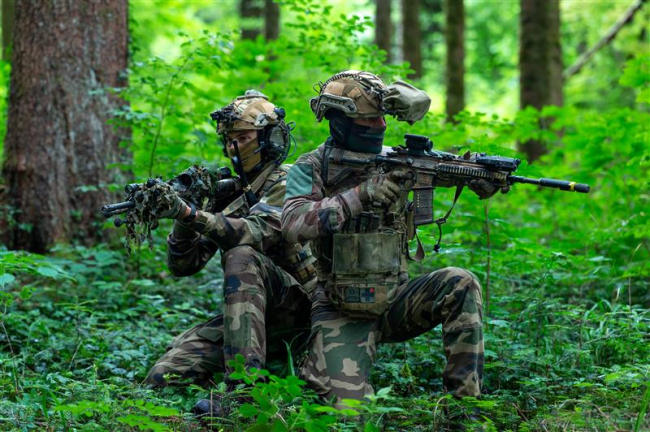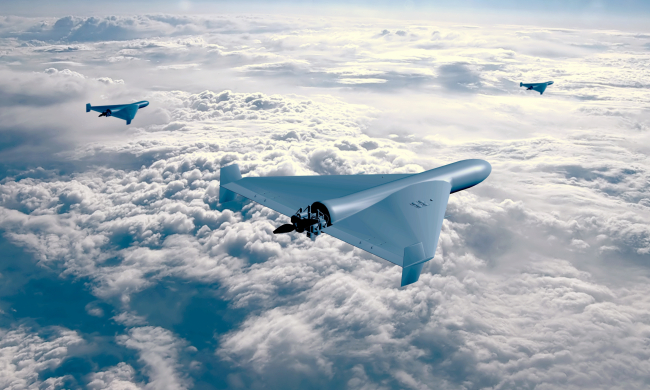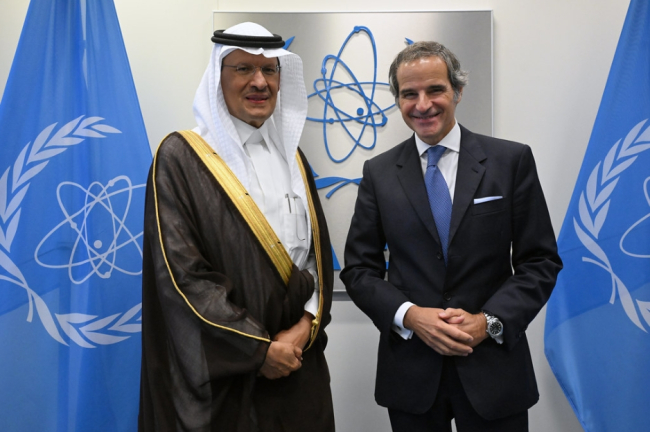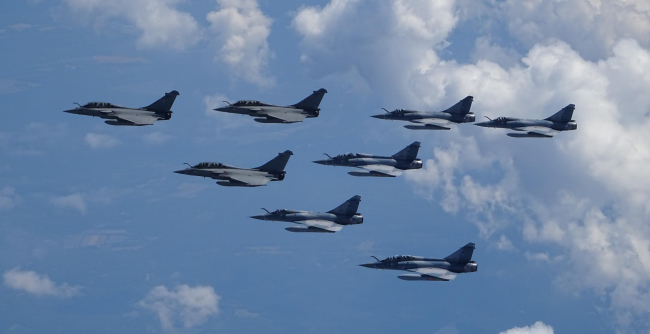Deep Precision Strikes: A New Tool for Strategic Competition?

Reaching deep into the enemy’s system to weaken it and facilitate the achievement of operational or strategic objectives is a key goal for armed forces. What capabilities are required to conduct deep strikes in the dual context of high-intensity conflict and strengthened enemy defenses?

A strategic differential
Since the winter of 2023, the stalemate on the Ukrainian front has prompted the belligerents to make greater use of deep precision strikes, in search of a military effect that has become impossible to achieve on the front line. Conventional ballistic and cruise missiles are being used jointly with drones and increasingly varied guided munitions, capable of exploiting gaps in the enemy’s defenses and attacking different types of high-value targets. This intensive use of deep strikes has made European nations aware not only of their vulnerability to these threats but also of the limits of their own capabilities in this area. Little used since the end of the Cold War, Europe’s deep-strike capabilities appear limited, relying for the most part on high-performance air-to-ground delivery systems, which have nevertheless been acquired in limited quantities. The ground-to-ground capabilities of European armies have often been reduced to the remnants of systems mostly inherited from the Cold War.
Developed during the First World War as a means of overcoming the blockage of the front line, deep strikes use matured and diversified throughout the twentieth century as long-range bombers, and later rockets and long-range missiles, were improved. From the 1960s onward, deep strikes were closely linked to nuclear issues, but nevertheless retained an important conventional dimension. The end of the Cold War and of the prospect of a high-intensity peer conflict reduced the use of these capabilities, in the absence of a front line capable of determining the depth to be struck. This became a global issue with the successive demonstrations of force by US forces, capable of striking all around the globe at very short notice.
Dissemination in all theaters of conflict
Technological efforts continue unabated, however, with various programs aimed at improving the speed, accuracy, and stealth of deep-strike effectors. Other theaters are also seeing the development of major deep-strike arsenals. China, for example, is developing capabilities to interdict US forces on its regional approaches, including the development of very long-range delivery systems capable of threatening US bases in Japan, the Philippines, and beyond. In response, the United States, but also smaller players such as South Korea, are acquiring and deploying weapons capable of posing a significant threat in the theater. The autonomous development of long-range strike capabilities is also an integral part of the regional strategy of Iran and its proxies vis-à-vis Israel, as well as its potential regional competitors.
After decades of gradual erosion in the international regulation of these deep-strike capabilities, Europe is seeing Russian systems evolve at great speed in the wake of the conflict in Ukraine. Missile salvos are enriched by long-range UAVs, multiplying the flight profiles and complicating the task of air defense on both sides. Relatively simple to manufacture and less costly than modern cruise missiles, these delivery systems could be used by non-state actors, as the Houthis in Yemen are already doing, and pose a significant threat to European armed forces whose current defenses are primarily designed for threats at the top end of the spectrum. The conflict in Ukraine therefore raises questions not only about Europe’s deep-strike capabilities but also about its ability to defend itself against such threats.
What model for France?
France’s capabilities in this area are solid but limited. The French Air and Space Force and the French Navy can rely on the SCALP (Système de croisière conventionnel autonome à longue portée) and MdCN (Missile de croisière naval) cruise missiles, which are set to be upgraded with more powerful delivery systems by the end of the decade. However, these munitions have been acquired in limited quantities due to a lack of resources, and some of the acquired SCALPs have been sold to Ukraine. The French Army, for its part, now has only a handful of rocket launchers, which are due to be withdrawn from service in 2027. Moreover, the ground forces lack the long-range ammunition found in the inventories of other armies in Europe and cannot fire beyond 80 km. As the conflict in Ukraine has highlighted the need for a longer-range capability to tackle a more spread-out and dispersed adversary, the replacement of these systems should mark a move upmarket to 150 km and beyond for a French land capability that has been rather neglected since the end of the Cold War, due to a lack of need and budgets. Developing a longer-range land fire capability should also enable France to meet its NATO obligations within the framework of an autonomous French army corps, especially as the development of a very deep-strike capability, beyond 1,000 km, is being studied within a multinational European framework. Naval and air capabilities are also benefiting from programs to develop faster, more maneuverable, or stealthier delivery systems, carried out in cooperation with the United Kingdom.
At a time when international competition is becoming increasingly aggressive and uncompromising, deep-strike capabilities are playing a more important role, forcing all players to take an interest in them or risk being put in a vulnerable position, from both an offensive and defensive point of view.

Available in:
Themes and regions
ISBN / ISSN
Share
Download the full analysis
This page contains only a summary of our work. If you would like to have access to all the information from our research on the subject, you can download the full version in PDF format.
Deep Precision Strikes: A New Tool for Strategic Competition?
Related centers and programs
Discover our other research centers and programsFind out more
Discover all our analysesSaudi Arabia’s Nuclear Temptations. Lessons Learned from Regional Instability
Saudi Arabia’s integration in the international arena and regional stability, notably through reducing its dependence on fossil energies, are crucial elements for the success of the Kingdom’s Vision 2030, the Crown Prince’s top priority. However, Mohammed bin Salman’s declarations in 2018 and 2021, indicating that “if Iran develops a nuclear bomb, we will follow suit as soon as possible”, combined with the recent strikes on key Iranian nuclear facilities, do not bode well for the future of the Kingdom, the region and the non-proliferation regime at large.
The Future of Air Superiority. Command of the Air in High Intensity Warfare
Air superiority, understood as control of the air, is a cornerstone of the Western art of warfare. It is a decisive condition, albeit not sufficient by itself, to achieve military victory, as it enables the concentration of air power toward the achievement of wider strategic objectives and protects other components from unbearable attrition levels. It is best achieved through the offensive use of air power in a joint effort to neutralize the enemy’s air power.
Europe Uncovered?
As Russia continues to threaten Europe, the Trump administration is making no secret of its desire to withdraw—at least partially—from the defense of the Old
Continent in order to focus on strategic competition with China. It is thus putting pressure on its European allies to increase their investment in the military sector. The NATO Summit in The Hague in June 2025 resulted in ambitious commitments by member states to increase their defense spending.
How should Britain and France cooperate to realise the Northwood Declaration?
During his state visit to the United Kingdom (UK) last week, Emmanuel Macron, President of France, signed a joint declaration with Sir Keir Starmer, Prime Minister, on nuclear cooperation between Britain and France. The Northwood Declaration highlights that while both countries’ nuclear arsenals remain sovereign, cooperation on nuclear deterrence can ‘contribute significantly’ to the security of the North Atlantic Treaty Organisation (NATO) and the Euro-Atlantic region.









